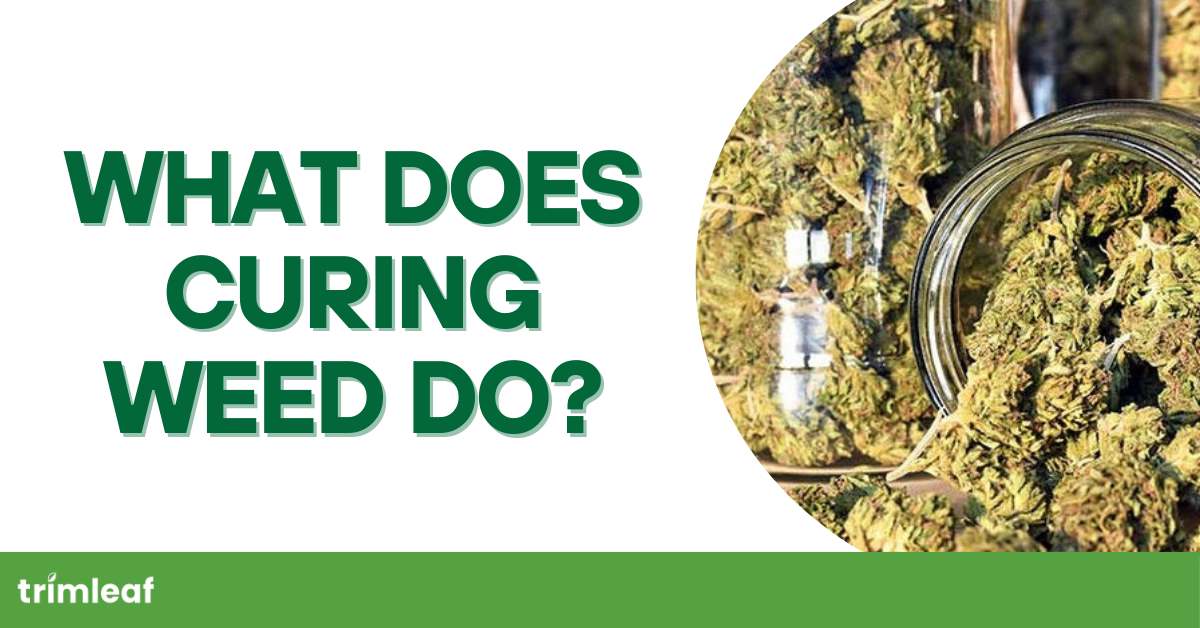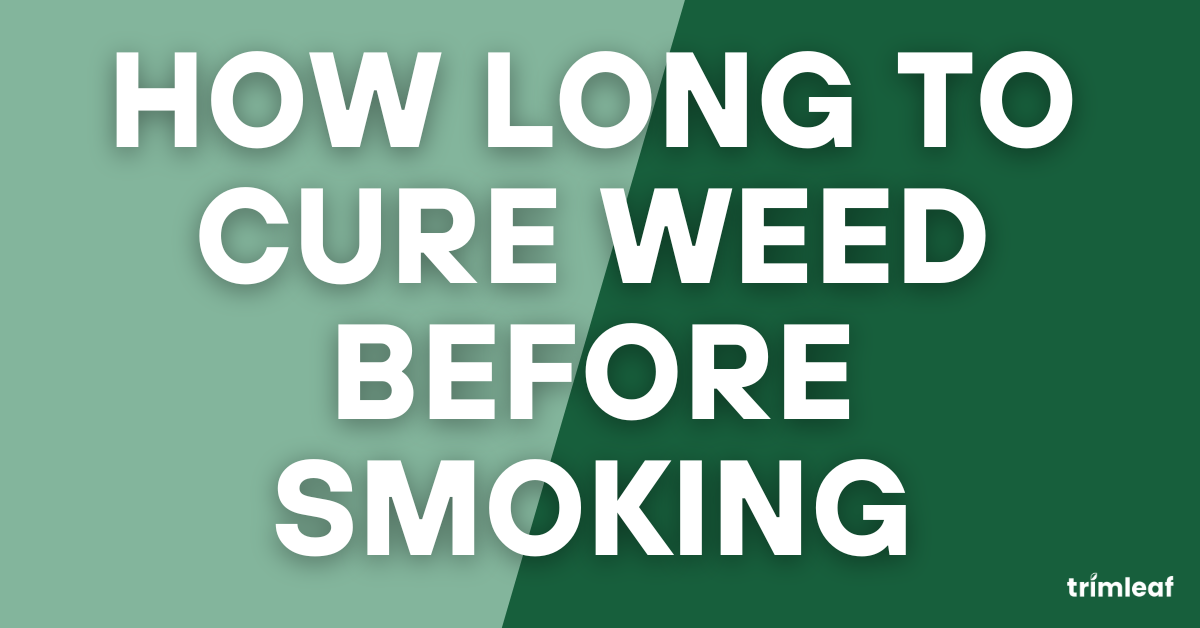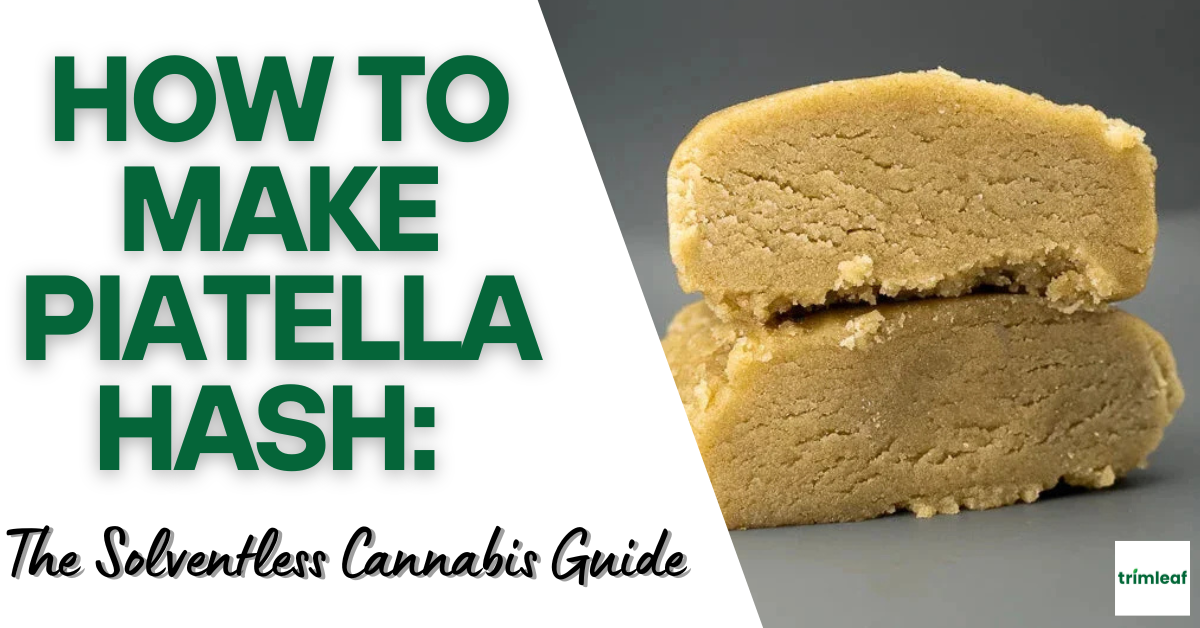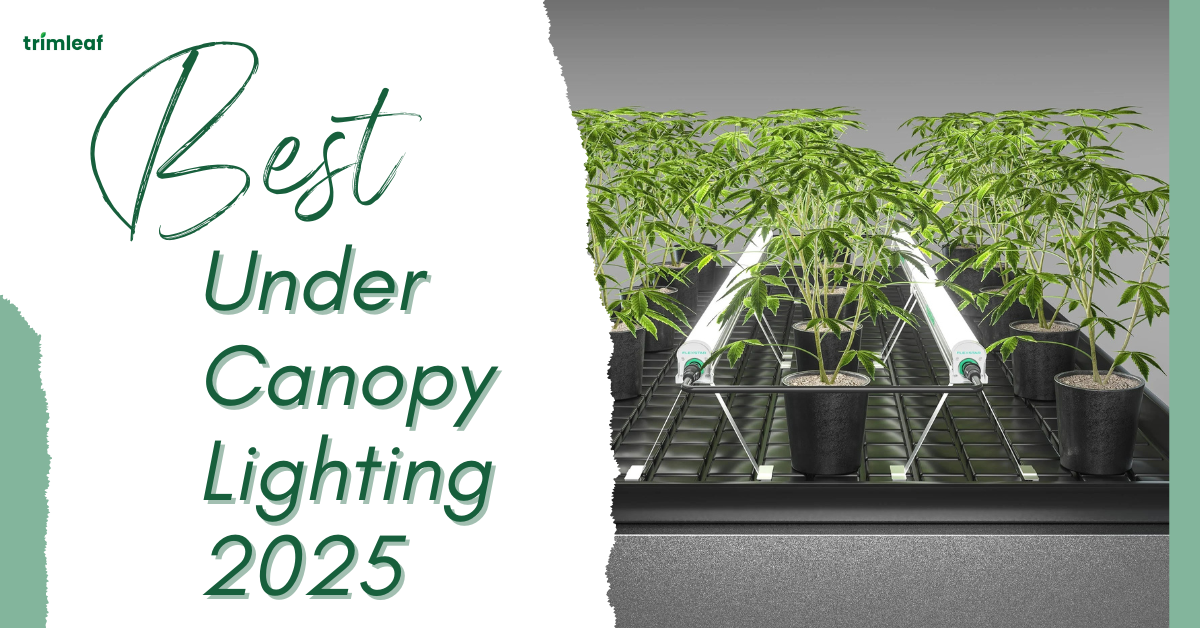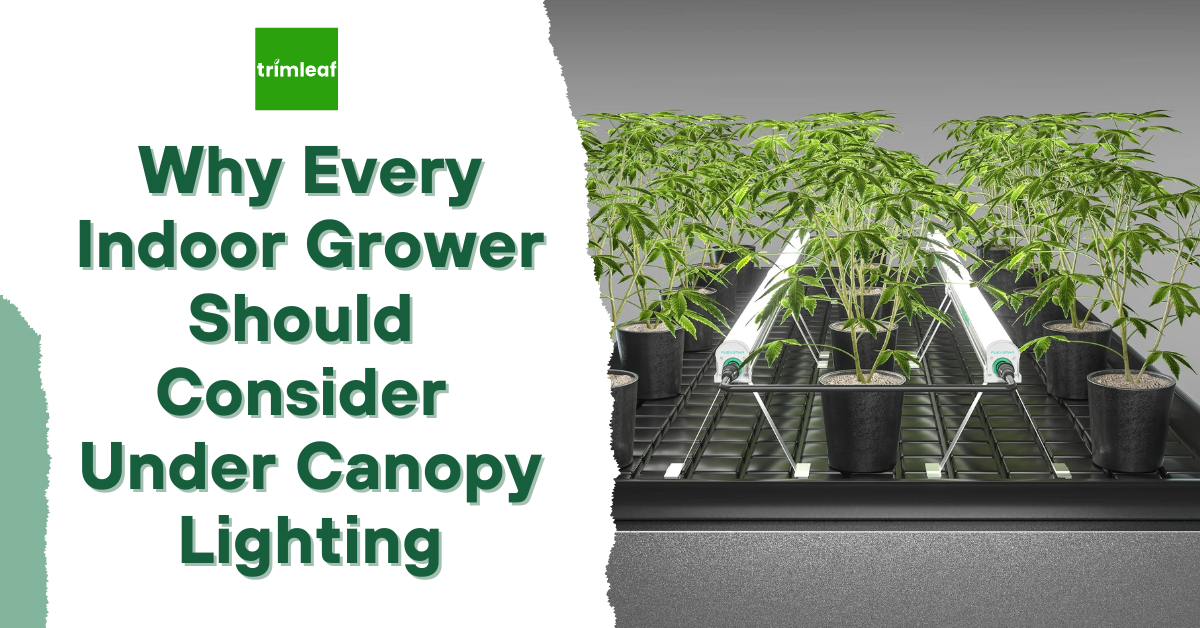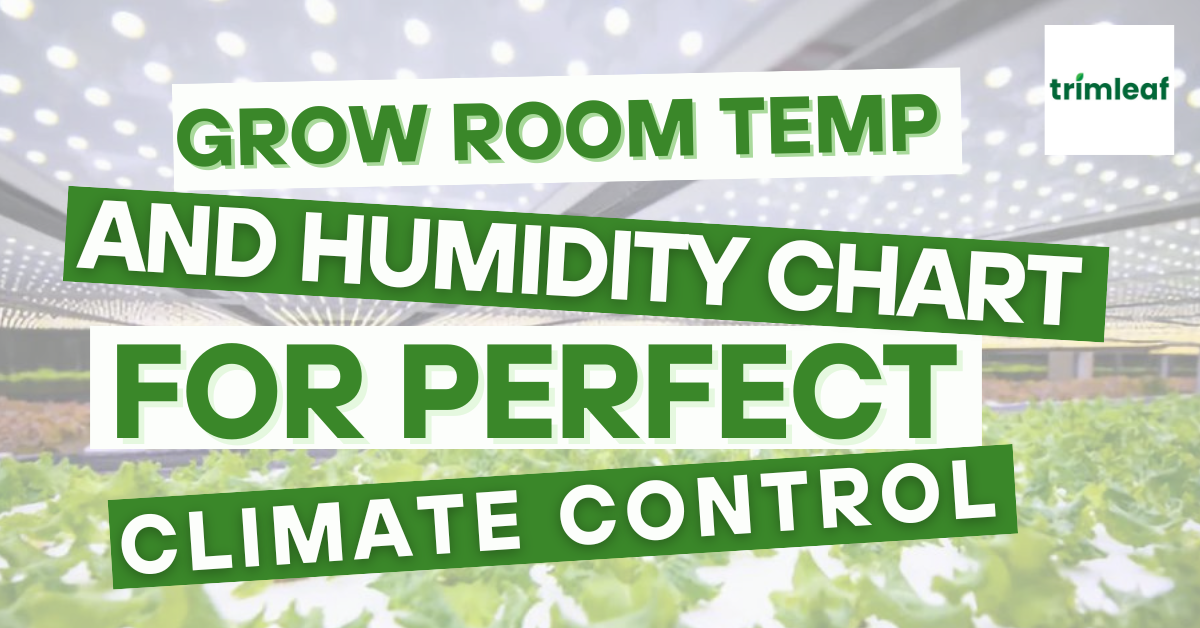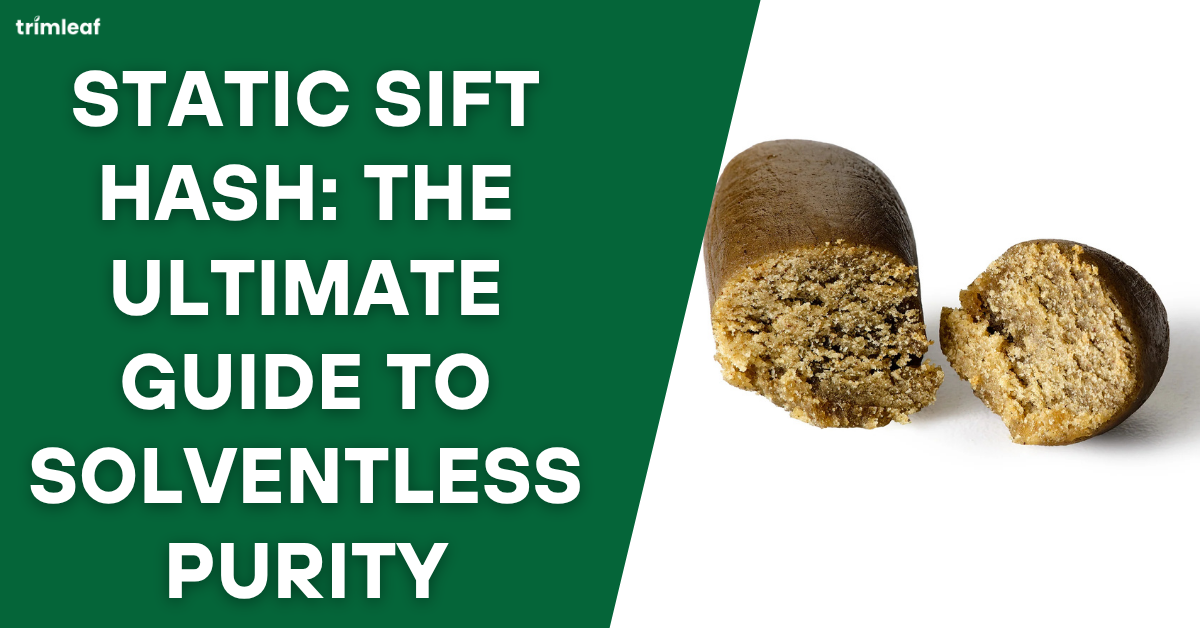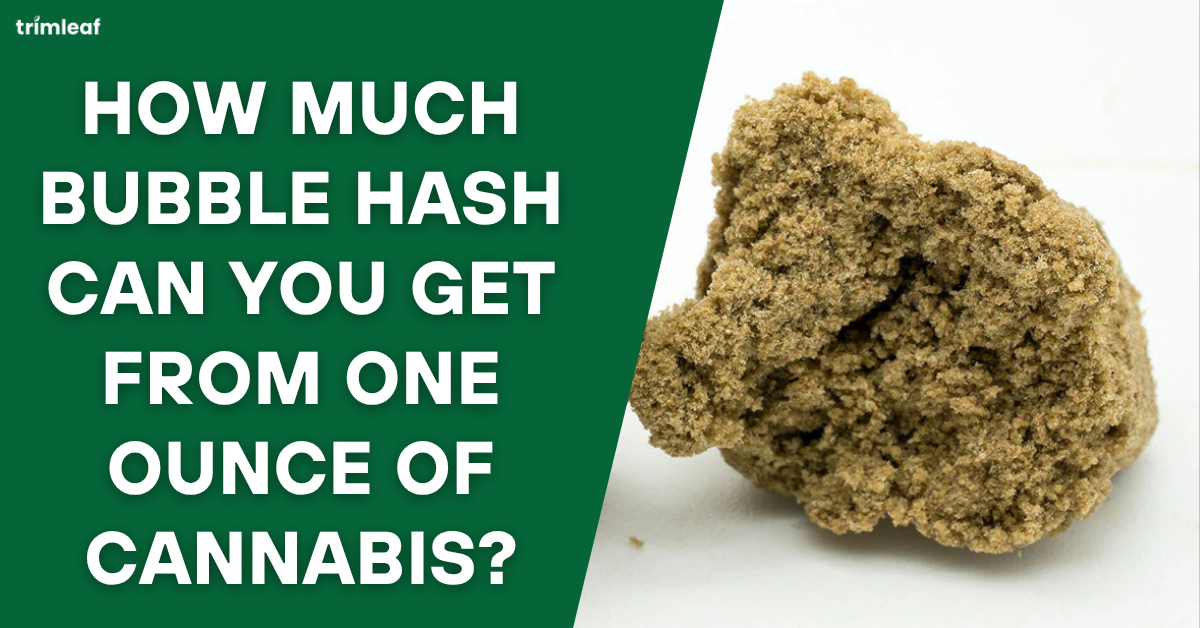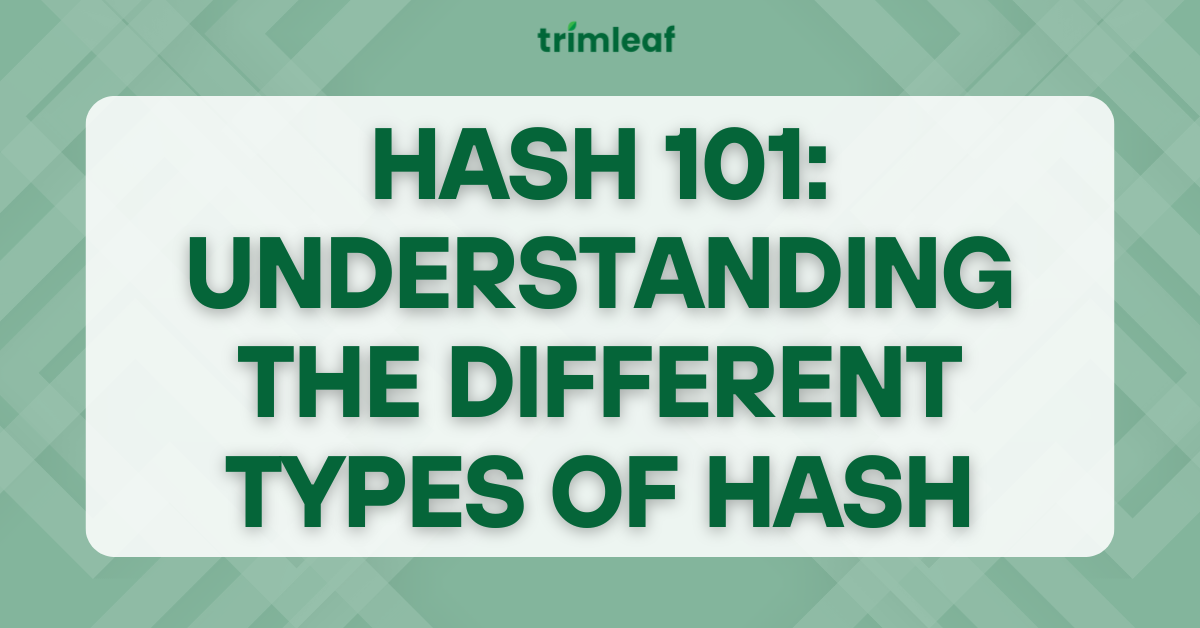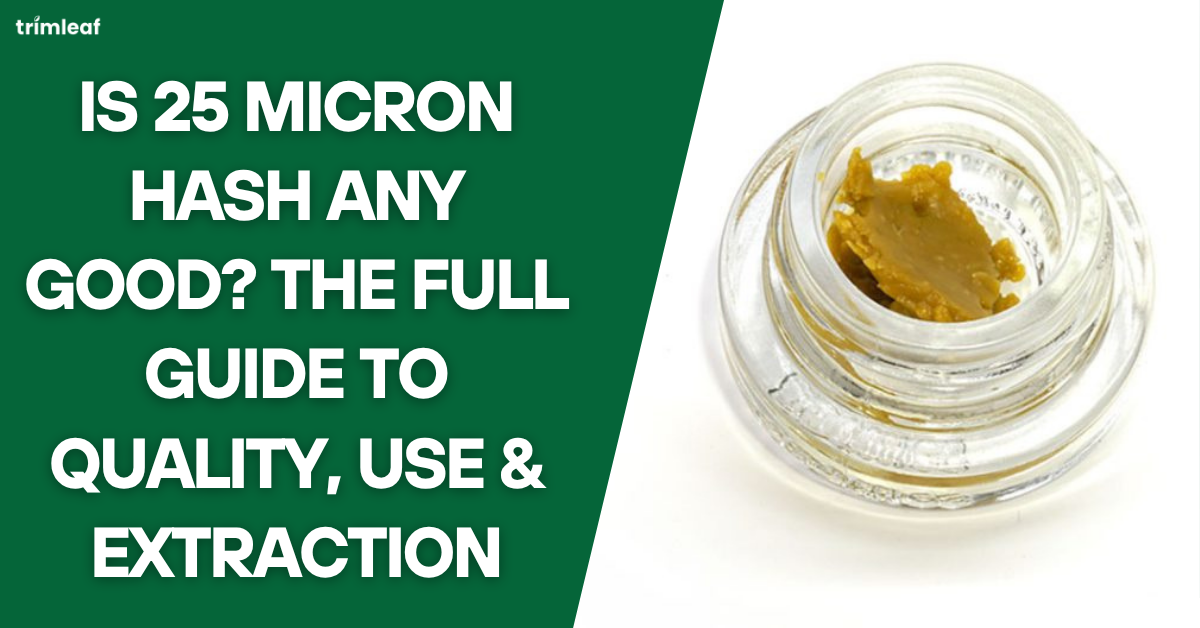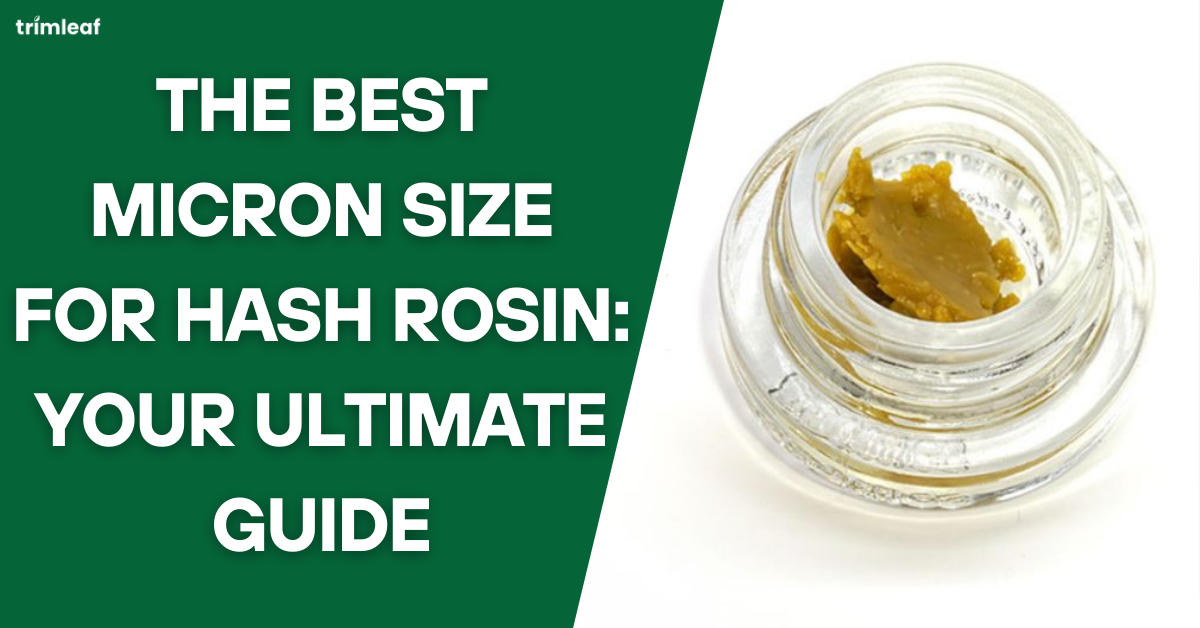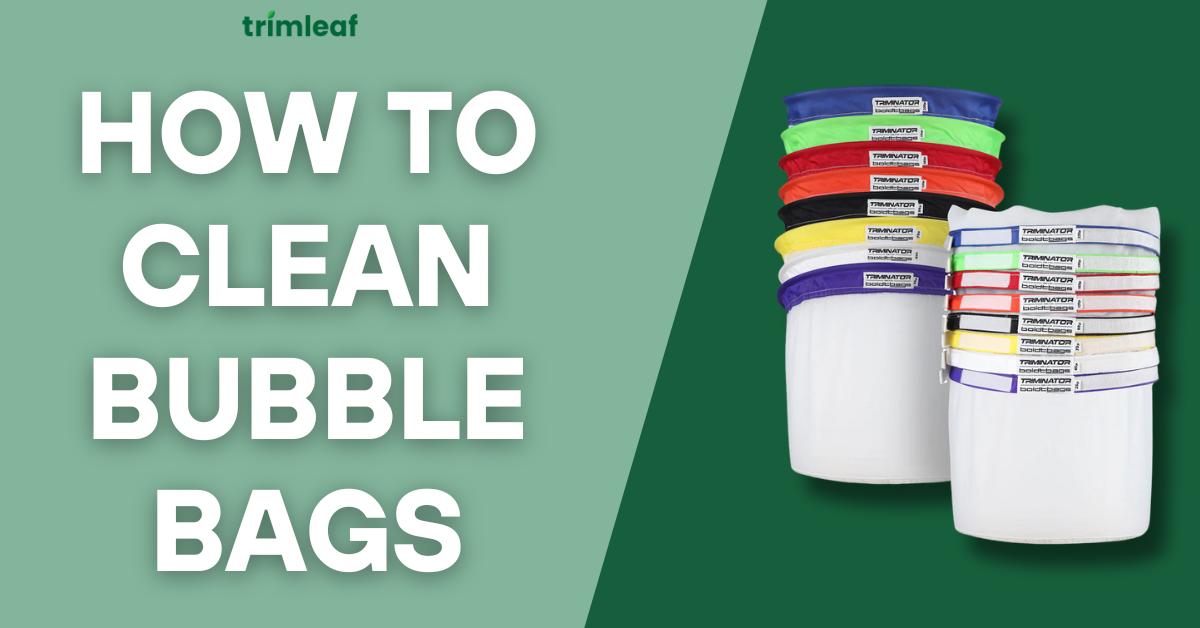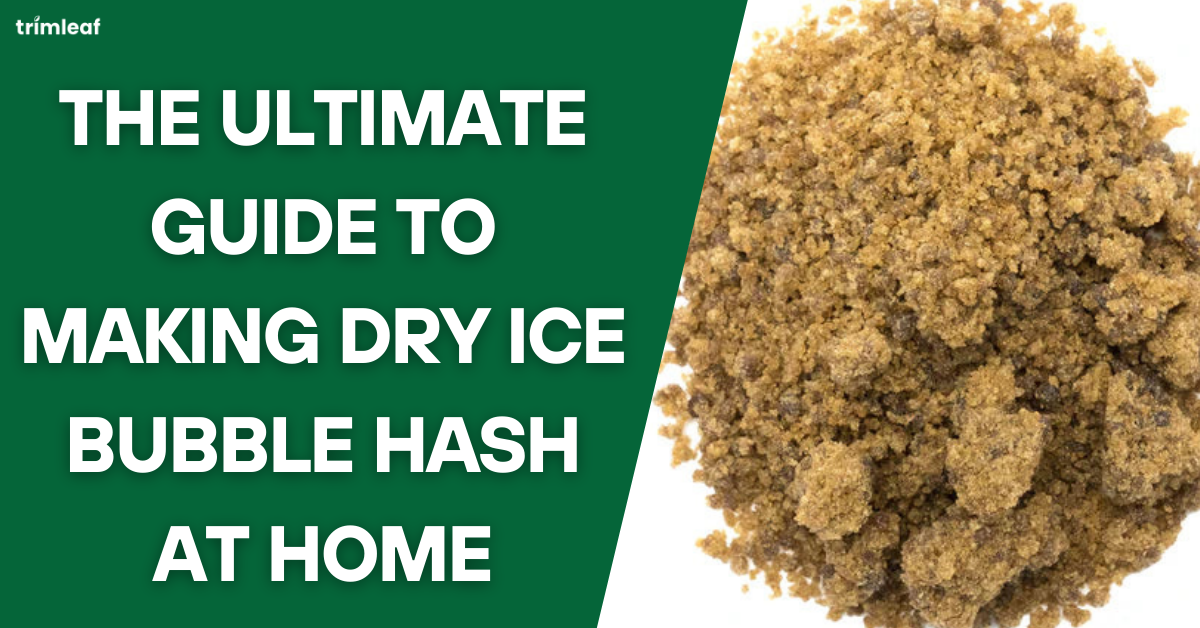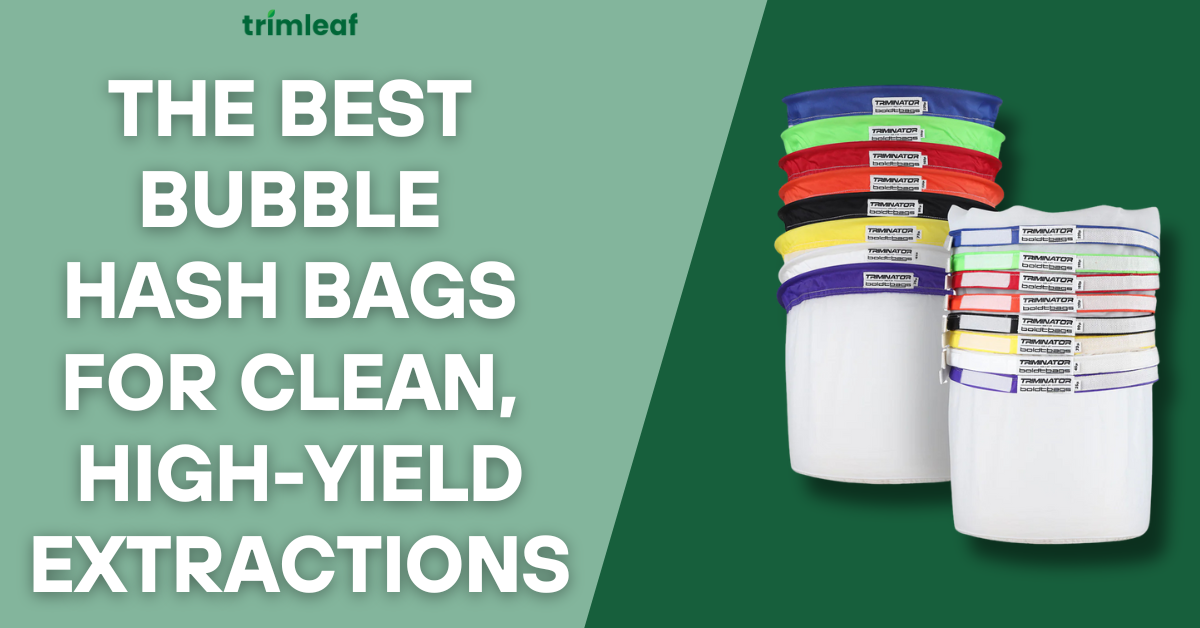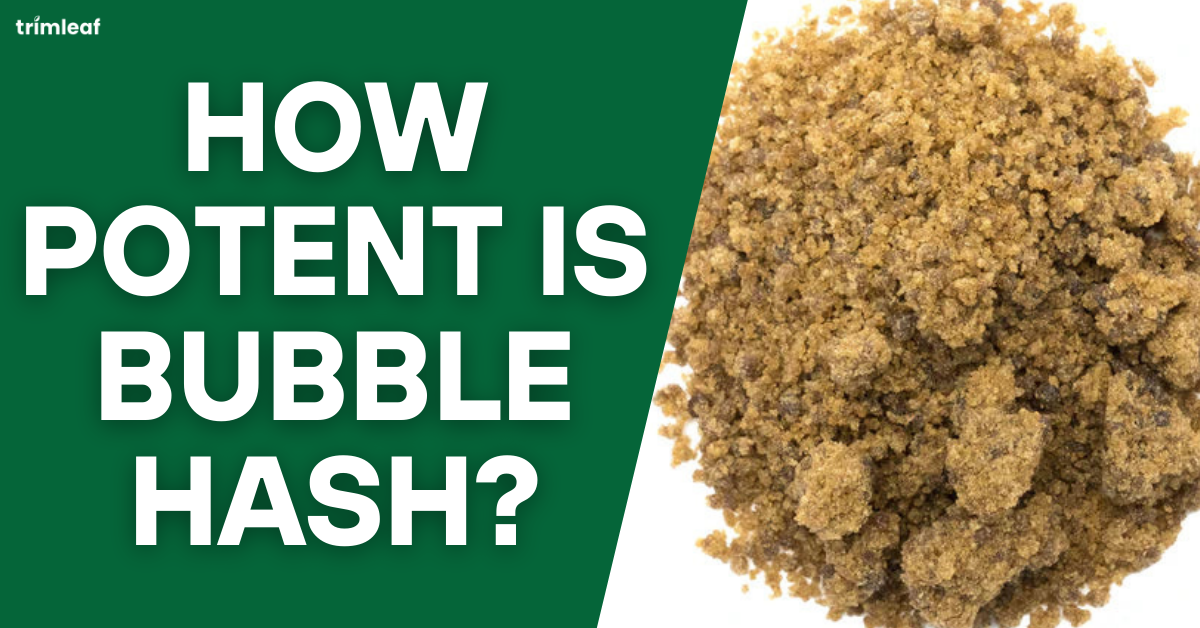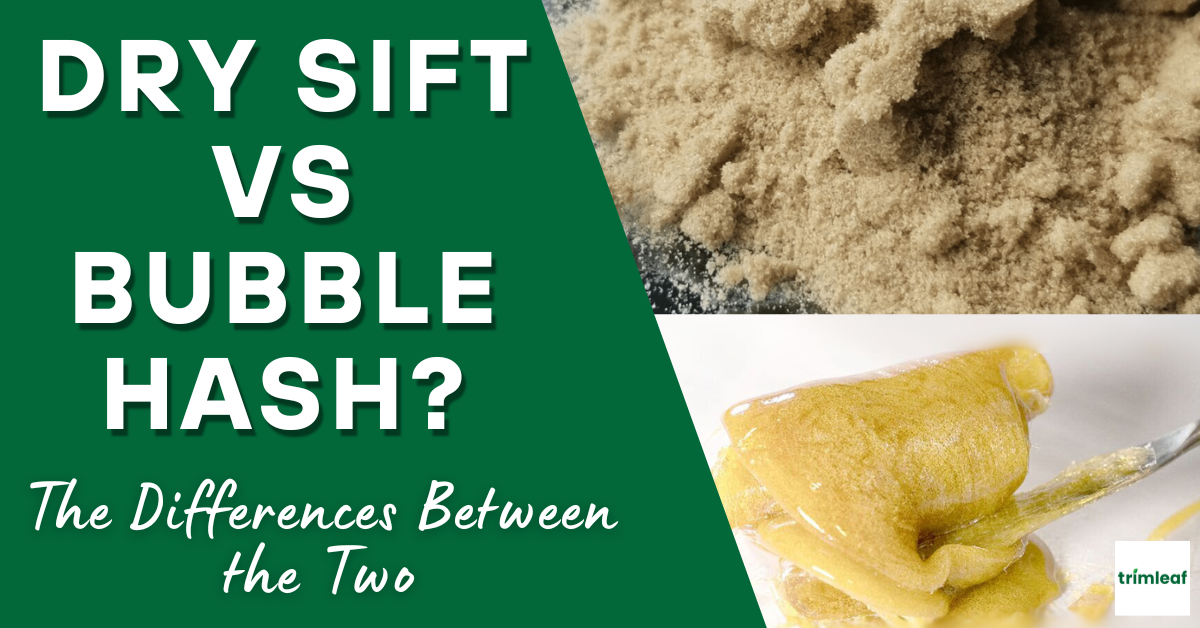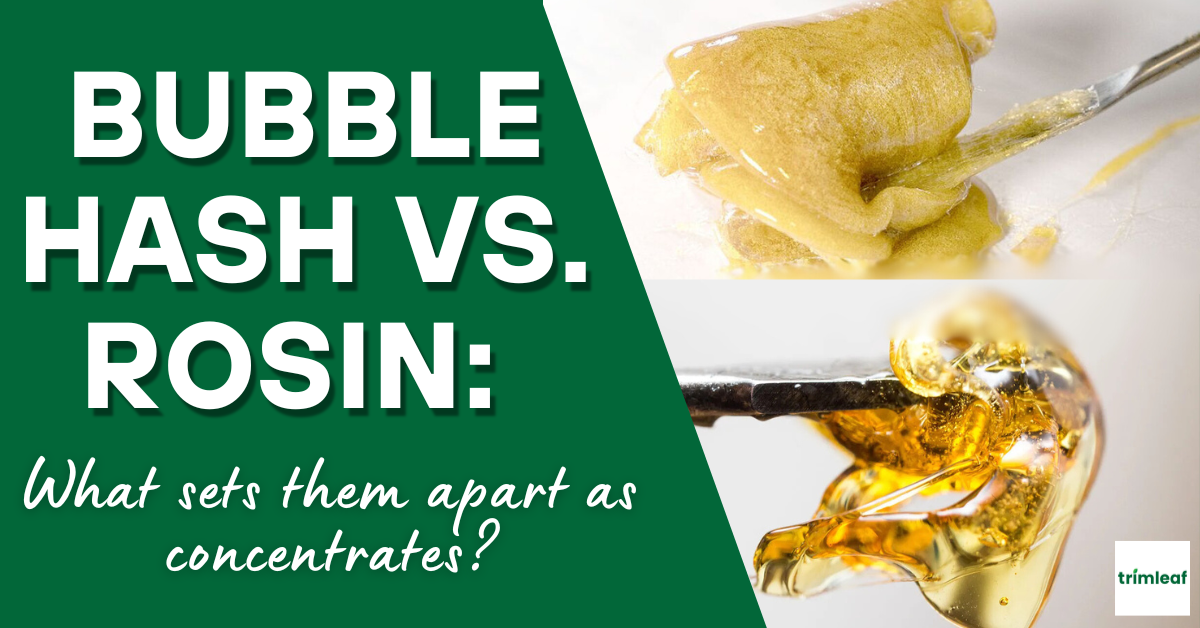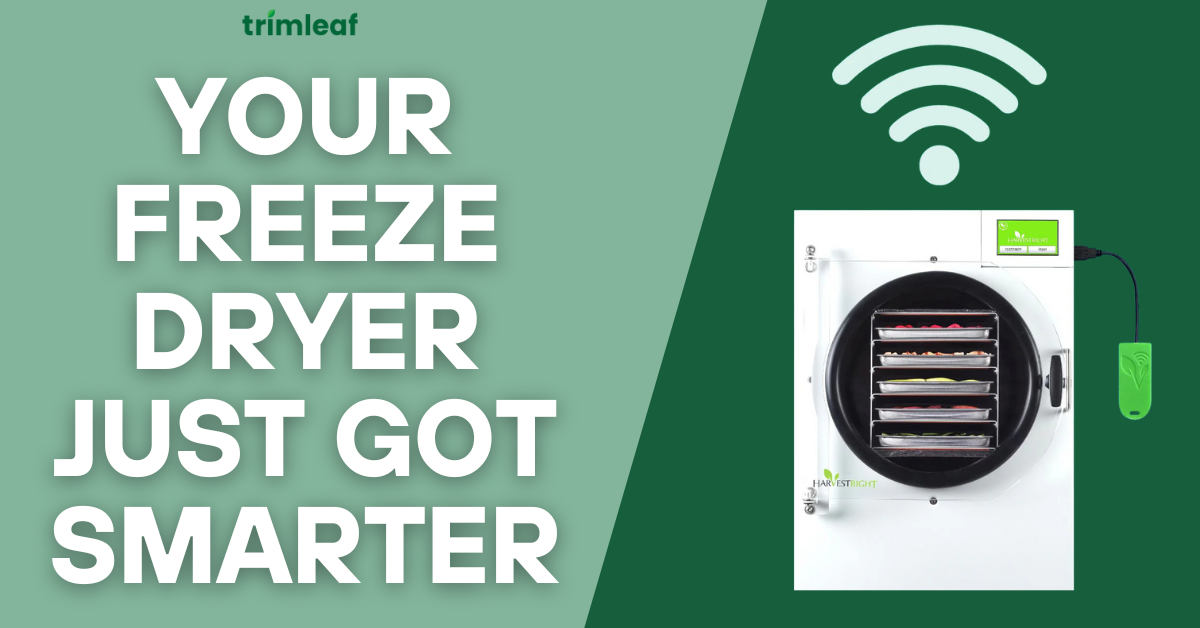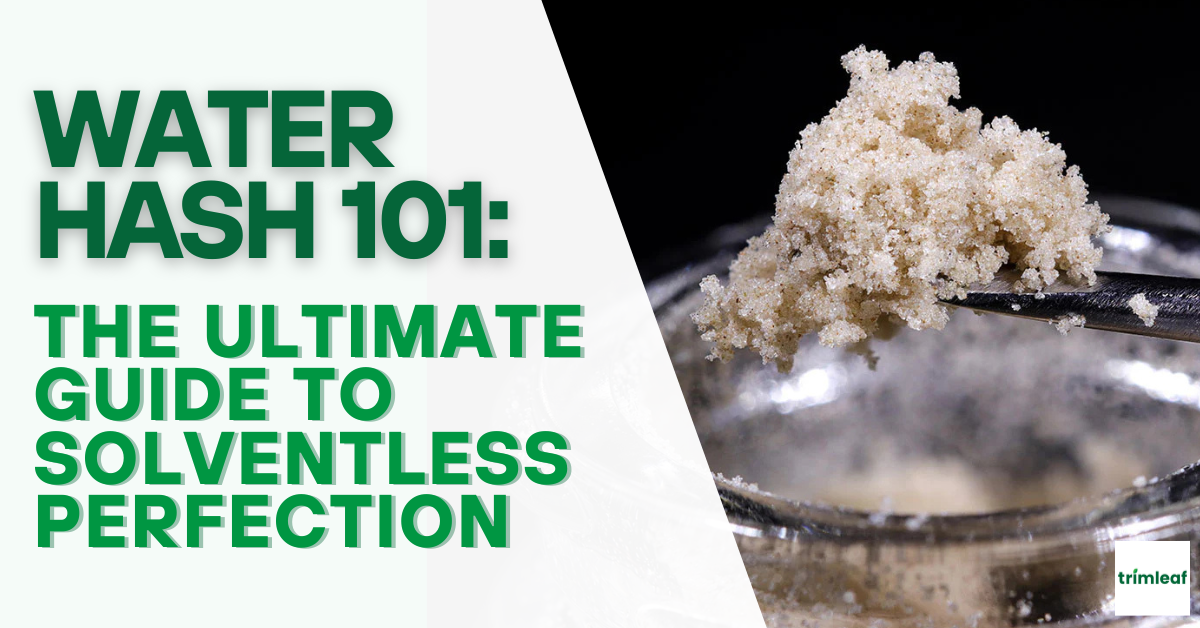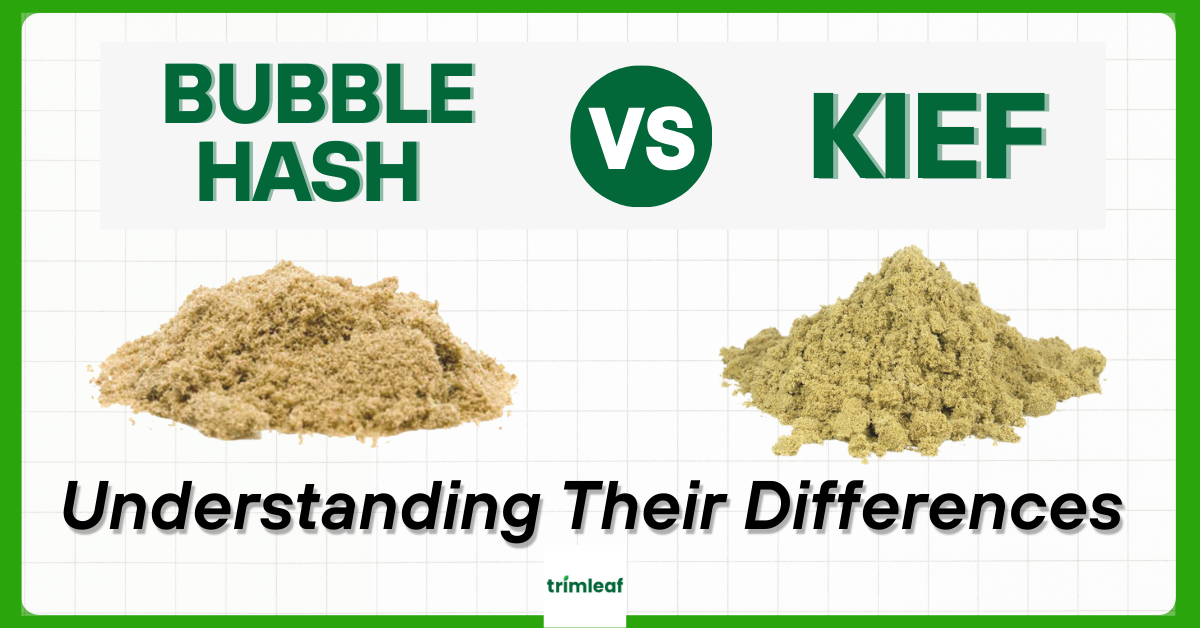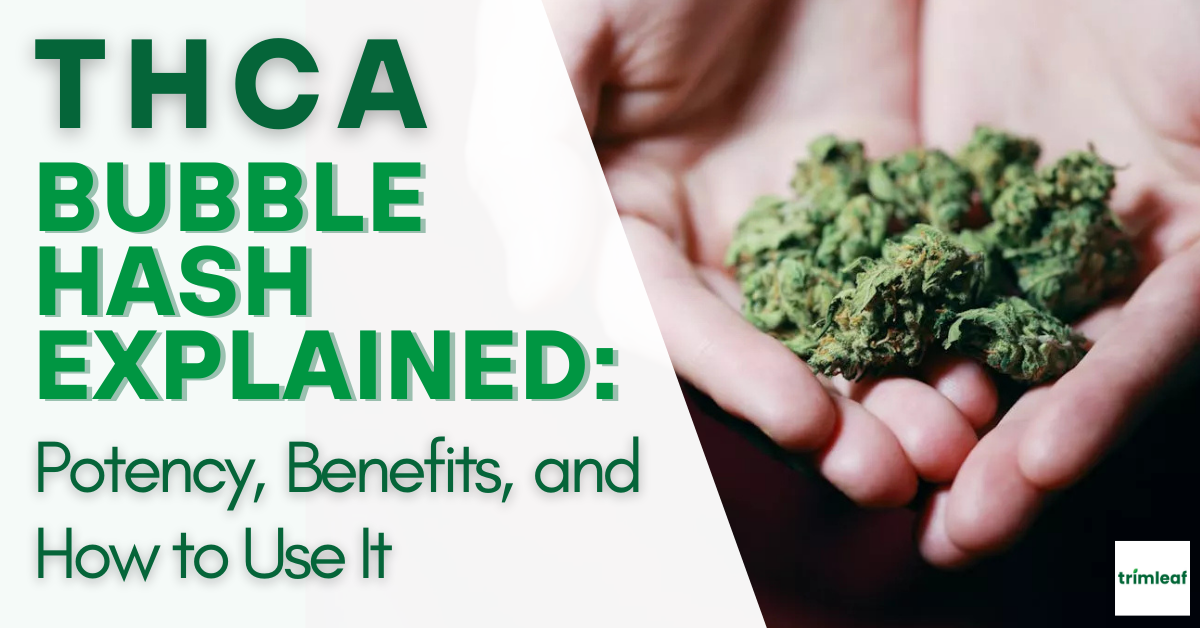Choosing the right bubble hash bags can make or break your ice water extraction. The right set determines how efficiently you separate trichomes, drain water, and ultimately, how pure and potent your bubble hash turns out. Poor-quality bags can clog, tear, or degrade quickly, leading to wasted resin and frustration. A durable, well-made set of precision-micron bubble bags ensures smoother runs, higher yields, and a consistent end product every time.
This guide breaks down everything you need to know about selecting the best bubble hash bags—from understanding micron sizes and materials to finding the right set for your setup. You’ll also find an in-depth look at trusted brands like Rosineer, Press Club, BubbleBagDude, Gutenberg’s Dank Pressing Co., Boldtbags, and Bubble Magic, each catering to different experience levels and production scales.
Whether you’re running small batches at home or operating a craft-scale extraction lab, knowing how to choose your bubble hash bag system will directly affect your results. The guide also covers the difference between canvas-bottom vs. all-mesh designs, how to match bag sizes to buckets, and which micron configurations capture the best “full melt” grades.
In the end, it’s not just about having more bags—it’s about having the right setup for your needs. With the proper micron range, durable construction, and consistent drainage, your bubble hash workflow becomes cleaner, faster, and more rewarding. For beginners and pros alike, investing in quality bubble hash bags pays off in yield, flavor, and long-term performance.














